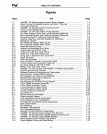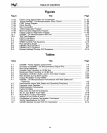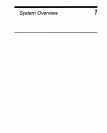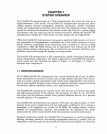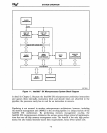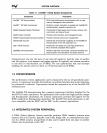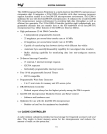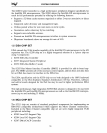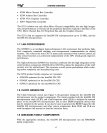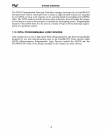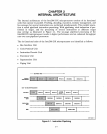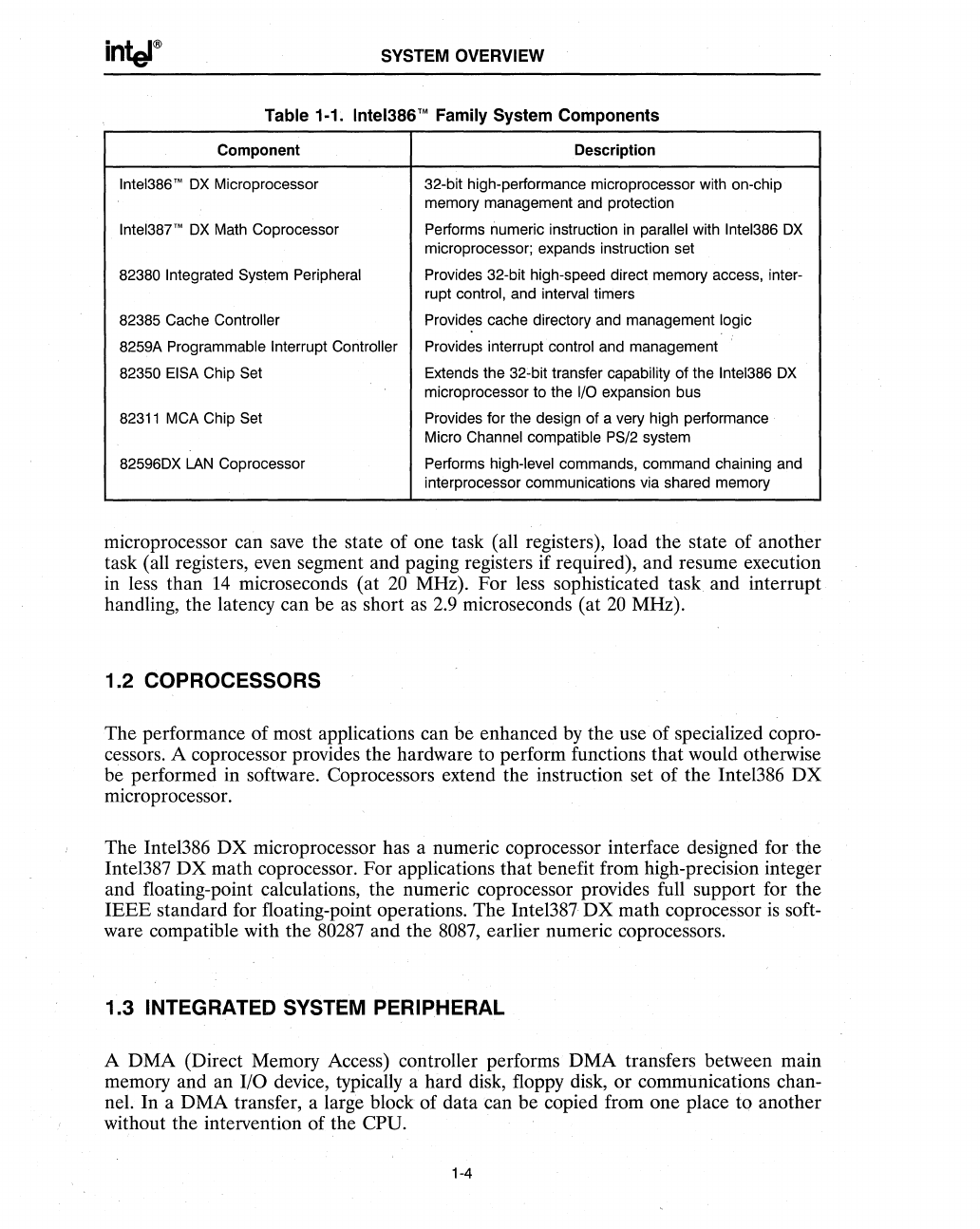
SYSTEM OVERVIEW
Table
1-1. Intel386™ Family System Components
Component
Description
Inte1386'M
OX
Microprocessor
32-bit high-performance microprocessor with on-chip
memory management and protection
Intel38TM
OX
Math Coprocessor Performs numeric instruction in parallel with Intel386
OX
microprocessor; expands instruction set
82380 Integrated System Peripheral Provides 32-bit high-speed direct memory access, inter-
rupt
control, and interval timers
82385 Cache
Controller Provides cache directory and management logic
8259A Programmable Interrupt Controller Provides interrupt control and management
82350 EISA Chip Set Extends the
32~bit
transfer capability
of
the Intel386
DX
microprocessor to the I/O expansion bus
82311 MCA Chip Set Provides for the design
of
a very high performance
Micro
Channel compatible PS/2 system
825960X
LAN
Coprocessor Performs high-level commands, command chaining and
interprocessor communications via shared memory
microprocessor can save the state of one task (all registers), load the state of another
task (all registers, even segment and paging registers if required), and resume execution
in less than
14
microseconds (at
20
MHz). For less sophisticated
task
and interrupt
handling, the latency can be
as
short
as
2.9
microseconds (at
20
MHz).
1.2 COPROCESSORS
The performance of most applications can be enhanced
by
the use of specialized copro-
cessors. A coprocessor provides the hardware to perform functions that would otherwise
be performed in software. Coprocessors extend the instruction set of the Intel386
DX
microprocessor.
The Intel386
DX
microprocessor has a numeric coprocessor interface designed for· the
Inte1387
DX
math coprocessor. For applications that benefit from high-precision integer
and floating-point calculations, the numeric coprocessor provides full support for the
IEEE
standard for floating-point operations. The Intel387
DX
math coprocessor
is
soft-
ware compatible with the
80287
and the
8087,
earlier numeric coprocessors.
1.3 INTEGRATED SYSTEM PERIPHERAL
A DMA (Direct Memory Access) controller performs DMA transfers between main
memory and an
I/O device, typically a hard disk, floppy disk, or communications chan-
nel.
In
a DMA transfer, a large block of data can be copied from one place to another
without the intervention of the
CPU.
1-4



